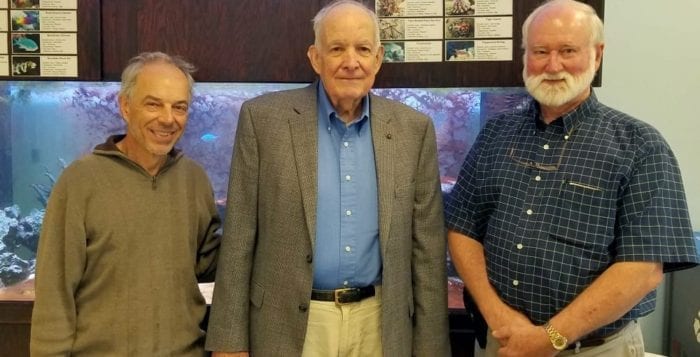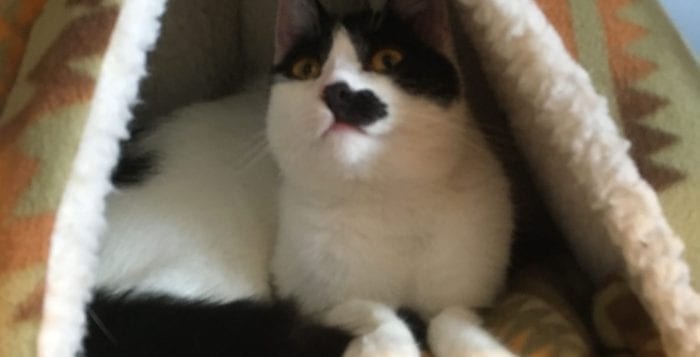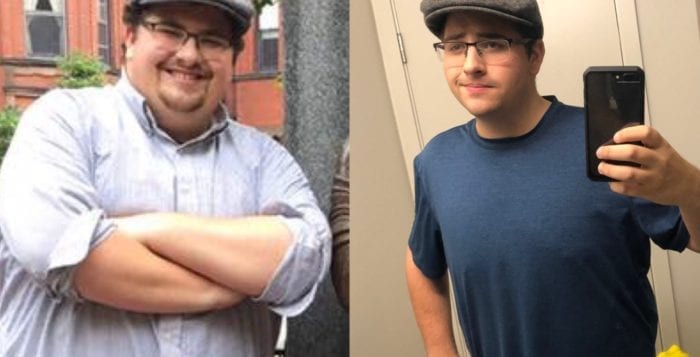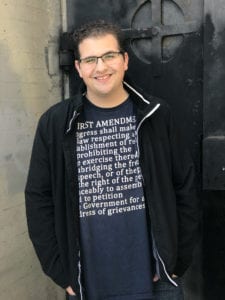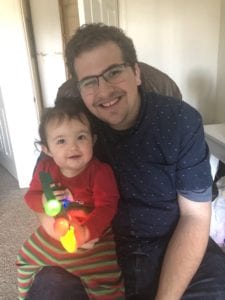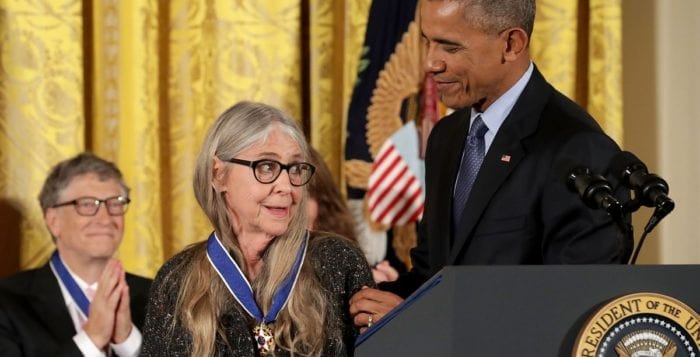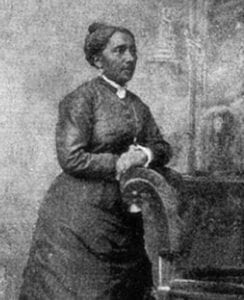By Bob Lipinski
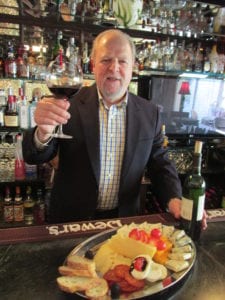
Overall, the 2017 vintage in Burgundy was excellent, providing both high quality and considerable quantity. Both reds and whites have a good fruit-acid-alcohol balance.
The whites are splendid; perhaps the best vintage since 2014, with Chablis showing particularly well with floral aromas and flavors of melon, citrus and honeysuckle.
The reds are elegant and fresh with layers of delicate juicy red fruit and great balance – classic Burgundian pinot noir flavor profile. The best wines of the vintage should age well for 20 years.
At a recent trade event, I tasted over 100 wines with tasting notes below.
NV J.J. Vincent Crémant de Bourgogne (sparkling 100 percent chardonnay): Brioche, celery, dried flowers and citrus. Excellent balance.
2017 J.J. Vincent Bourgogne Blanc: Wow! So much fruit; orange blossoms, citrus.
2017 J.J. Vincent Pouilly-Fuissé “Marie Antoinette”: Subtle hints of tangerine, citrus and oil of bergamot. Don’t miss this one!
2017 Château Fuissé Pouilly-Fuissé “Tête de Cuvée”: Bouquet brimming with orange, citrus and yellow plums. Well-balanced.
2017 Château Fuissé “Les Combettes”: Light bouquet with fruit flavors of honeydew melon; fruit-acid balance is superb.
2017 Château Fuissé “Les Brûlés”: An aroma and flavor of green apples, citrus, orange, pears and honeysuckle.
2017 Domaine Jean-Luc & Eric Burguet Gevrey-Chambertin “1er Cru Les Champeaux”: Bouquet and flavors of raspberry, cherry, spices, licorice and oak. Smooth finish; great aftertaste.
2017 Domaine Jean-Luc & Eric Burguet Chambolle-Musigny “Les Echézeaux”: Bouquet and flavor of ripe pinot noir berries; well-balanced; soft in the mouth
2017 Domaine Jean-Luc & Eric Burguet Vosne-Romanée “1er Les Rouges du Dessus”: Full bouquet and flavor of raspberries, black cherries, yellow plums and hints of earth and brown sugar.
2017 Domaine du Comte Armand “Bourgogne Aligoté”: Perfumed aroma of white peaches, citrus and green apples. Hints of almonds and pine with an underlying tartness. One of the best wines made from the Aligoté grape I’ve tasted in years.
2017 Domaine Dominique Gallois Gevrey-Chambertin “1er Cru, La Combe aux Moines”: A fruity bouquet of plums, almonds and black currants. Great aftertaste.
2017 Armand Rousseau Gevrey-Chambertin “Clos du Château”: Aromas of ripe berries, citrus and violets. Great balance.
2017 Armand Rousseau “Chambertin Grand Cru”: Sweet, concentrated, jammy, spicy fruit: layers of berries, plums, spices and vanilla.
2017 Armand Rousseau Ruchottes-Chambertin “Clos des Ruchottes Grand Cru”: Medium-full bouquet and flavor of blackberries, jam, chocolate and Damson plums.
2017 Armand Rousseau “Chambertin Clos de Bèze Grand Cru”: Bouquet of jammy spices, plums, cola and cherries. Almost a sweetness in the mouth. Although young, it’s beginning to get velvety. What a wine!
Bob Lipinski is the author of 10 books, including “101: Everything You Need to Know About Whiskey” and “Italian Wine & Cheese Made Simple” (available on Amazon.com). He conducts training seminars on wine, spirits and food and is available for speaking engagements. He can be reached at www.boblipinski.com OR [email protected].




